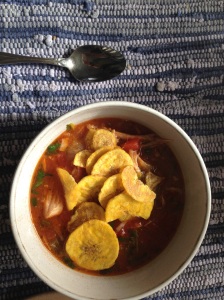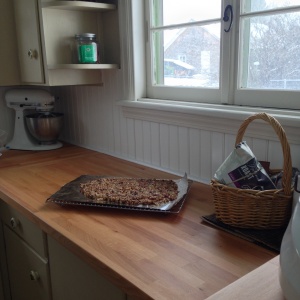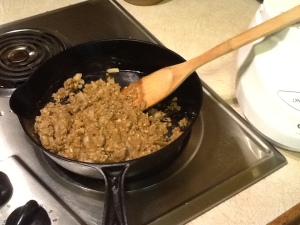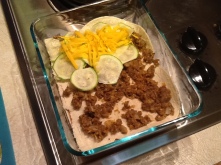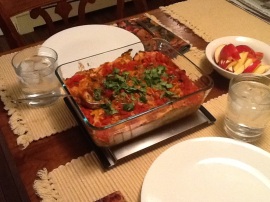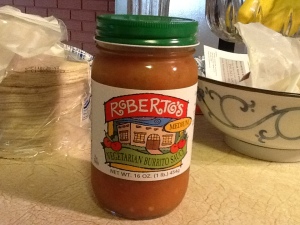“Food is a gift of God given to all creatures for the purposes of life’s nurture, sharing and celebration. When it is done in the name of God,
eating is the earthly realization of God’s eternal communion-building love.”from Food and Faith
by Norman Wirzba
Nicole spent the 1990s working on guest ranches in southern Colorado, and much of those years were spent in the kitchen. It was there that this Chicago girl was introduced not simply to the life-altering world of green chiles, but specifically to the “Hatch” – a legendary New Mexican chile with a fanatical following. She discovered that there is no best Hatch recipe, only a relentless store hous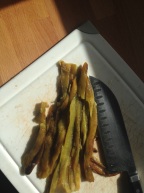 e of best recipes. There’s not even agreement on what to call many of the most sought-after Hatch dishes – is it Hatch green chile soup? Hatch green chile stew? Hatch green chile sauce? The world of Hatch chiles is a never-ending mystery, too deep and wide to fully experience, one filled with never ending delight and discovery.
e of best recipes. There’s not even agreement on what to call many of the most sought-after Hatch dishes – is it Hatch green chile soup? Hatch green chile stew? Hatch green chile sauce? The world of Hatch chiles is a never-ending mystery, too deep and wide to fully experience, one filled with never ending delight and discovery.
With Hatch chiles, we are learning that in growing food, preparing food, and cooking food, we participate in a mystery we didn’t create, a world of variety too big for us to control or fully experience. But we are invited and permitted to experiment, contribute, and discover. We are welcomed by God as co-creators.
Ingredients (serves 4)
2-3 Tablespoons of oil for sautéing vegetables
1 large onion, chopped
3 stalks of celery, chopped
4 cloves of garlic, minced
2 teaspoons chipotle chili powder (or regular chili powder)
1 teaspoon ground cumin
½ teaspoon dried oregano
Salt to taste
1 lb fresh tomatillos, chopped (or 1 cup canned tomatillos or diced tomatoes)
4 green chiles, roasted, seeded and chopped (Hatch, Anaheim, or 4 oz. can)
1 large bunch of fresh cilantro, stems chopped separately from leaves
2-3 cups chicken or vegetable stock
2 Tablespoons lime juice (fresh is preferred but not required)
Either:
2 cans of white or pinto beans, drained and rinsed
Or
1 lb of pork tenderloin, cut for stew
Instructions
• If you’re making the pork version, begin by searing the tenderloin pieces in 1 Tablespoon of the oil. Just brown lightly. No need to cook it through. Then set it aside. If you’re doing the vegetarian version, just begin with the next step.
• In a large pot, over medium heat, cook the oil, onions, celery and garlic until tender. About five minutes.
• Add the spices: chili powder, cumin, oregano and salt. Stir together about 1 minute.
• Add tomatillos (or tomatoes), cilantro stems, and green chile. Reduce heat and stir to combine.
• Add the 2-3 cups of stock (you choose how thick or soupy you’d like it).
• Add your beans at this point, if you’re going vegetarian. Or add the seared pork to the mix.
• Simmer for 20 minutes or until the pork is cooked and tender.
• Add the cilantro leaves and cook another 5-10 minutes.
• Add the lime juice, taste and adjust seasoning as needed.
• Serve! We love it with plantain chips. But rice and pan-fried corn tortillas go well too.